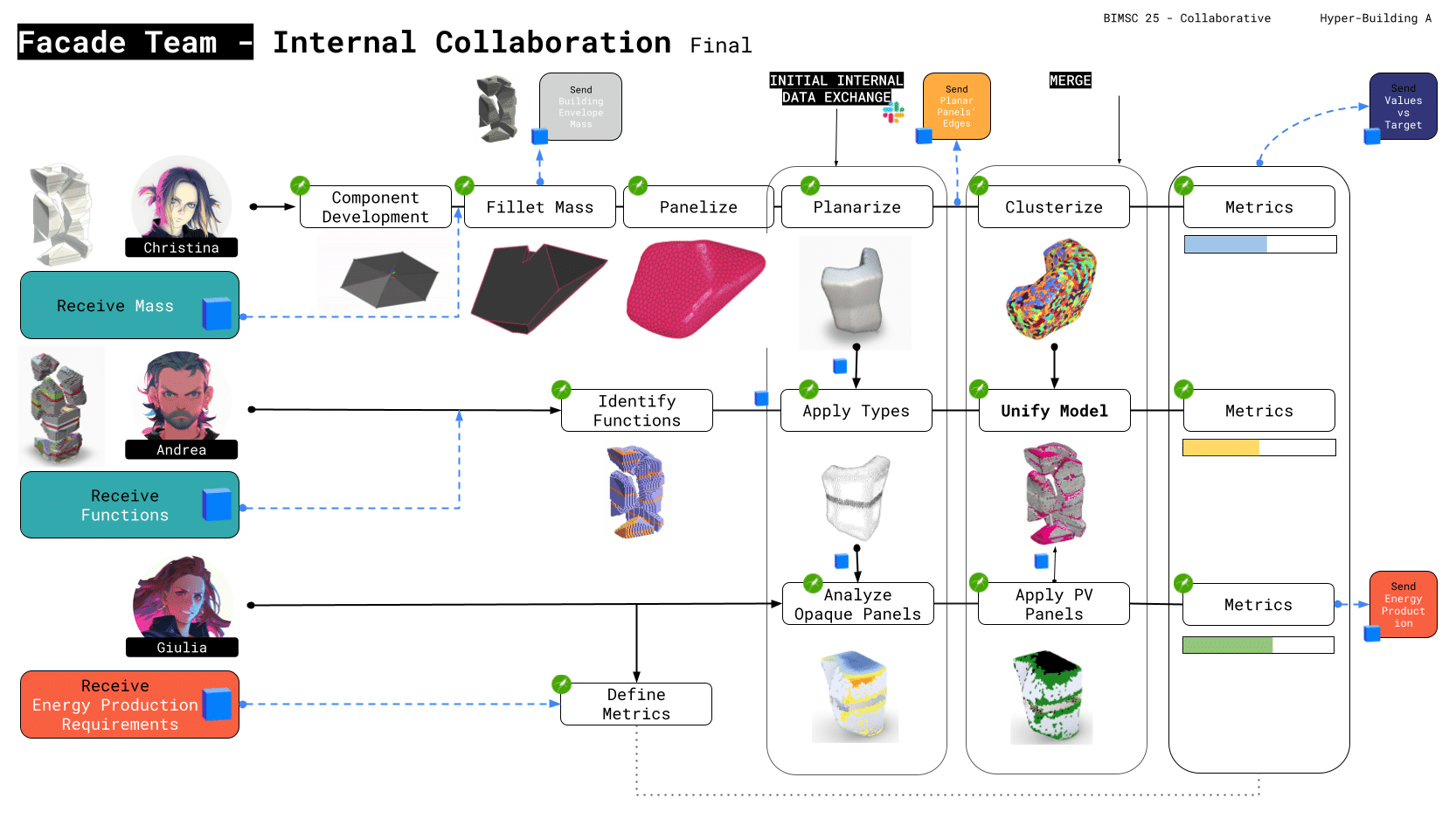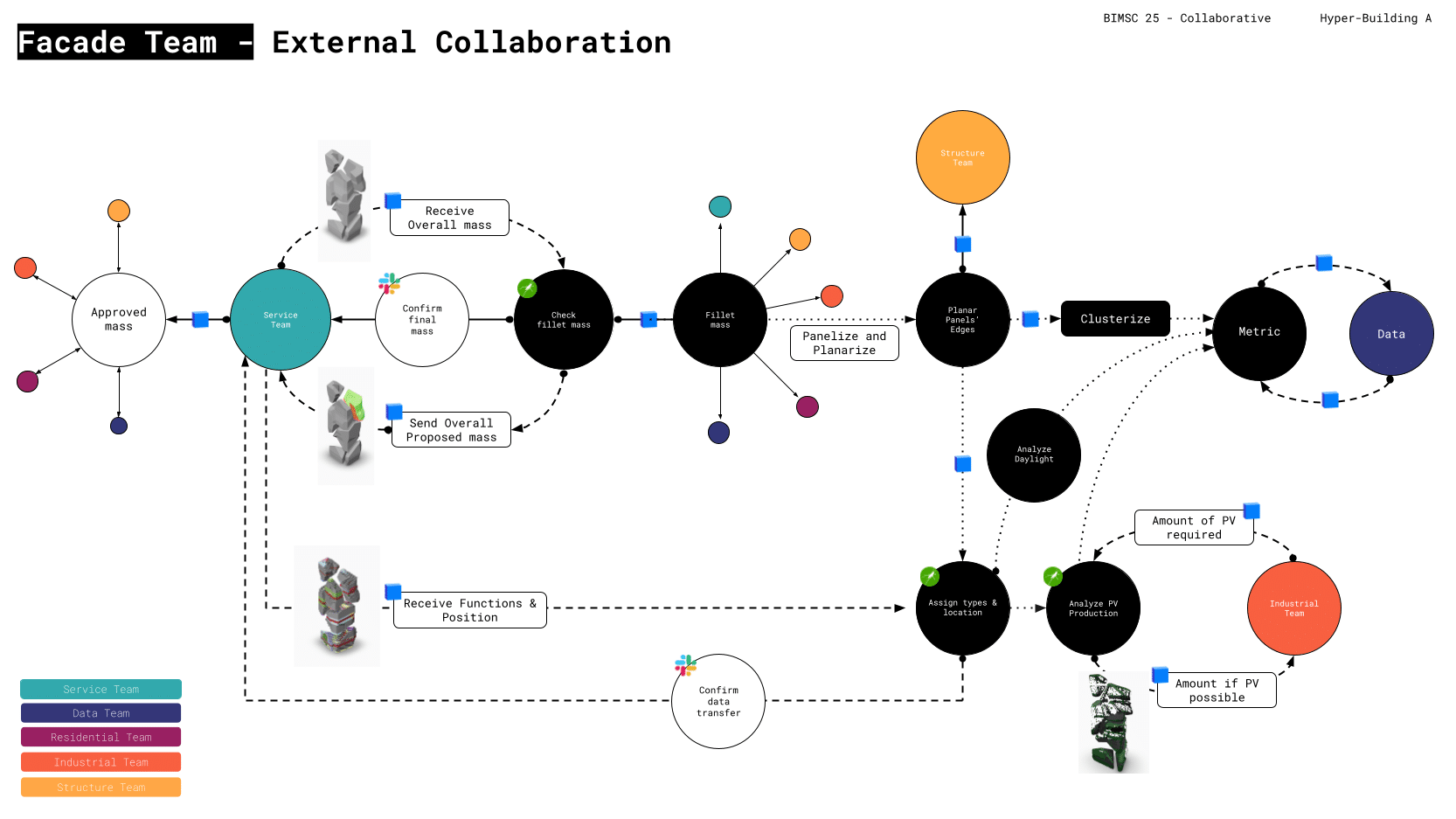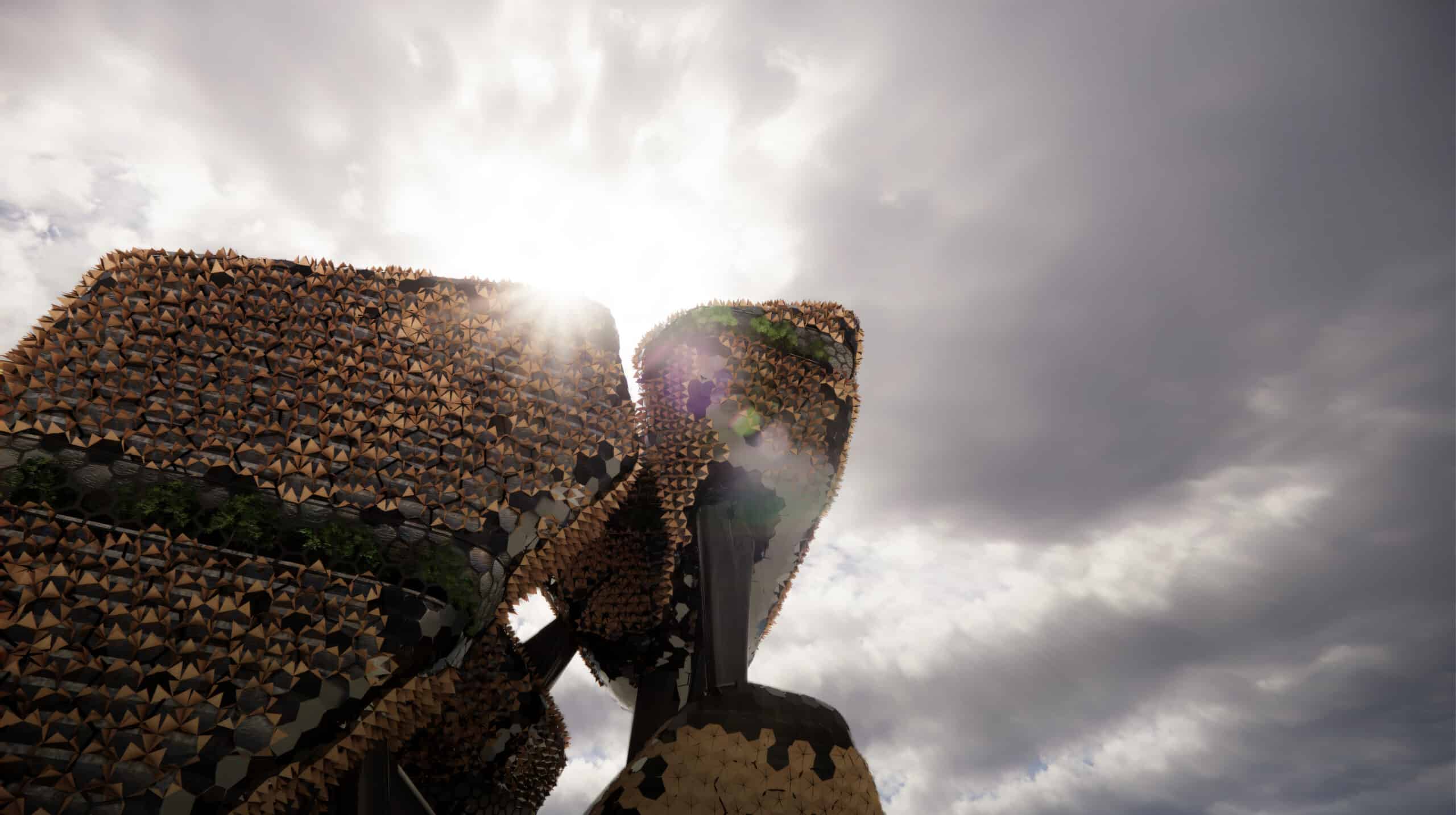
THE ESSENCE OF ENSO
Ensō, the Zen circle, represents one of the most fundamental principles in Japanese aesthetics and philosophy. Traditionally drawn in a single, fluid brush stroke, it symbolizes:
- Absolute enlightenment
- Strength in imperfection
- The cyclical nature of existence
- The void and the full
- The moment when the mind is free to let the body create
Complete Circle of Life)
Main Unifying Theme: Like the Zen concept of ensō (the circle), the building embodies completeness through continuous cycles and perfect imperfection.
Team Contributions:
- Industrial Team: Closes resource loops, completing cycles
- Structure Team: Creates stability through continuous flow
- Service Team: Enables circular social connections
- Facade Team: Responds in cycles to environmental changes
- Residential Team: Forms communities in continuous evolution
- Data Team: Maintains the harmony of these cycles through visualization and optimization
KEY ASPECTS
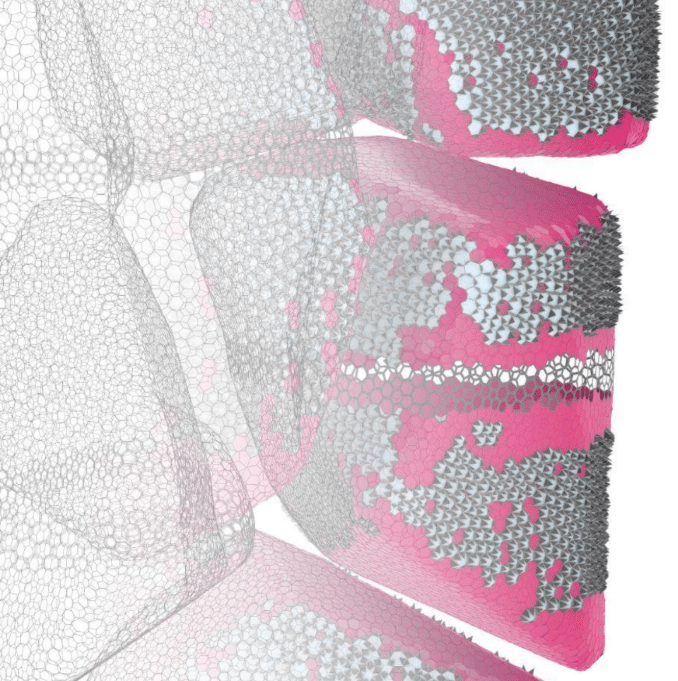
- Can a kinetic component applied to a facade help to improve thermal comfort and reduce glare and overheating?
- Can a facade concept be adapted to respond to different functions and light requirements?
- Can we optimize the number of different panels to create a buildable and cost-efficient design?
- Can a facade generate energy while optimizing the number of photovoltaic panels?
- How does collaboration between disciplines influence facade design decisions?
FACADE VISION

The Facade philosophy is to design a real-time environmentally adaptive façade skin—a skin that is adaptive – respond to environmental conditions, active – that generate energy, and smart – incorporate kinetic components that react to real-time data.
The vision was clear from the start: the design revolves around a kinetic façade inspired by the Japanese flower Asagao.
The goal was to incorporate aspects of Japanese culture, particularly through origami-inspired patterns, creating a façade that mimics a flower, opening and closing responsively to sunlight conditions.

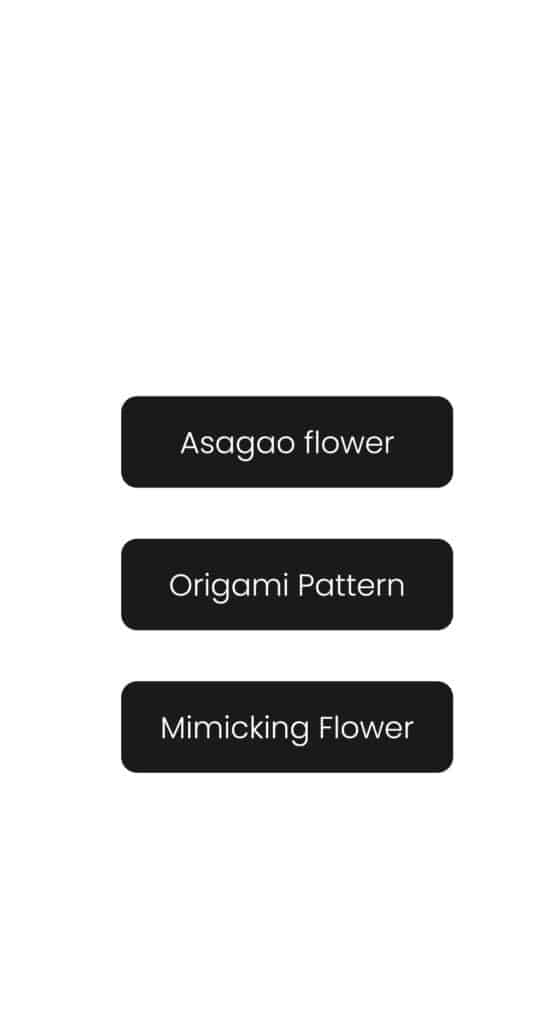

DESIGN STAGES
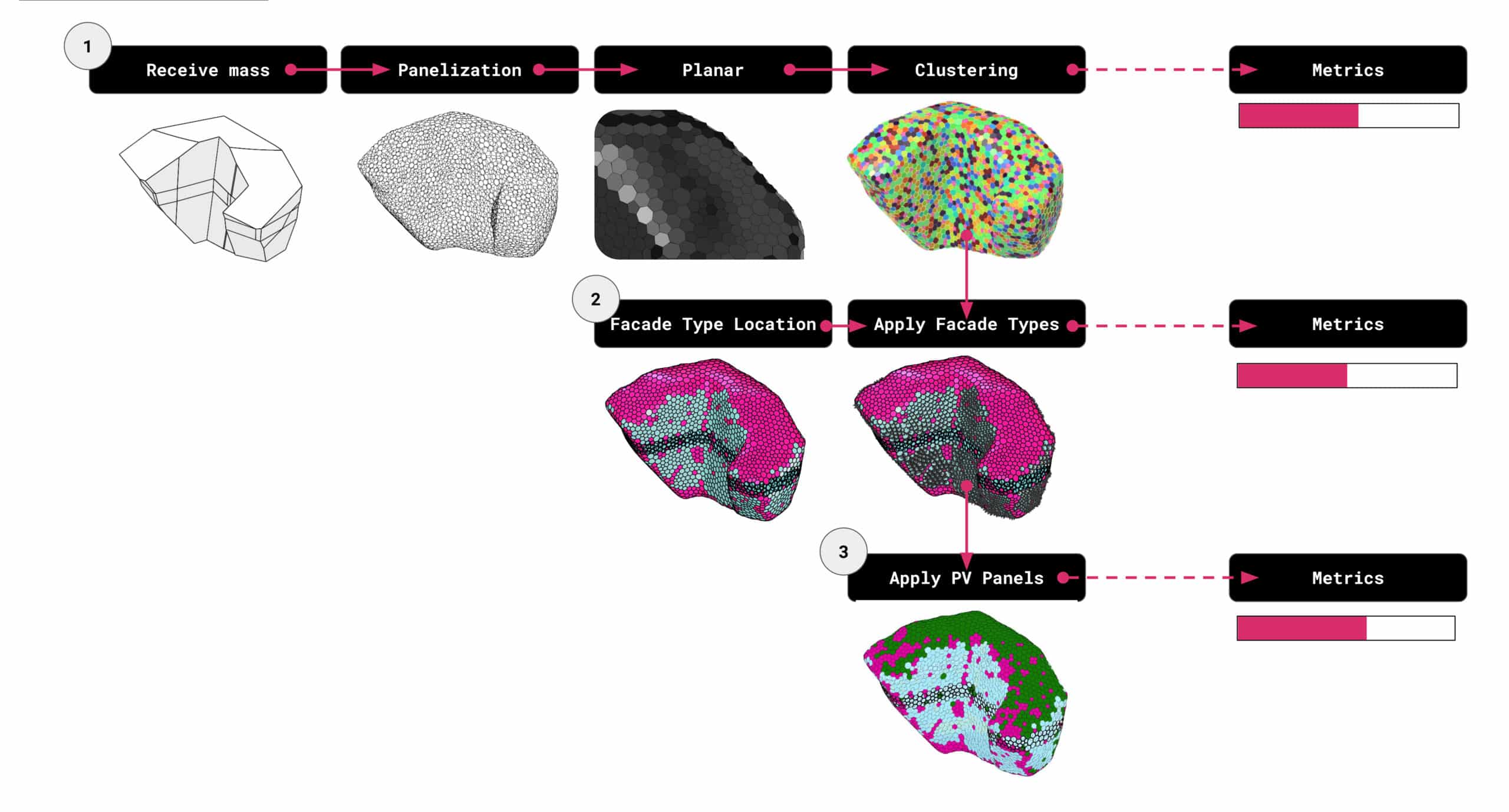
PANELIZATION
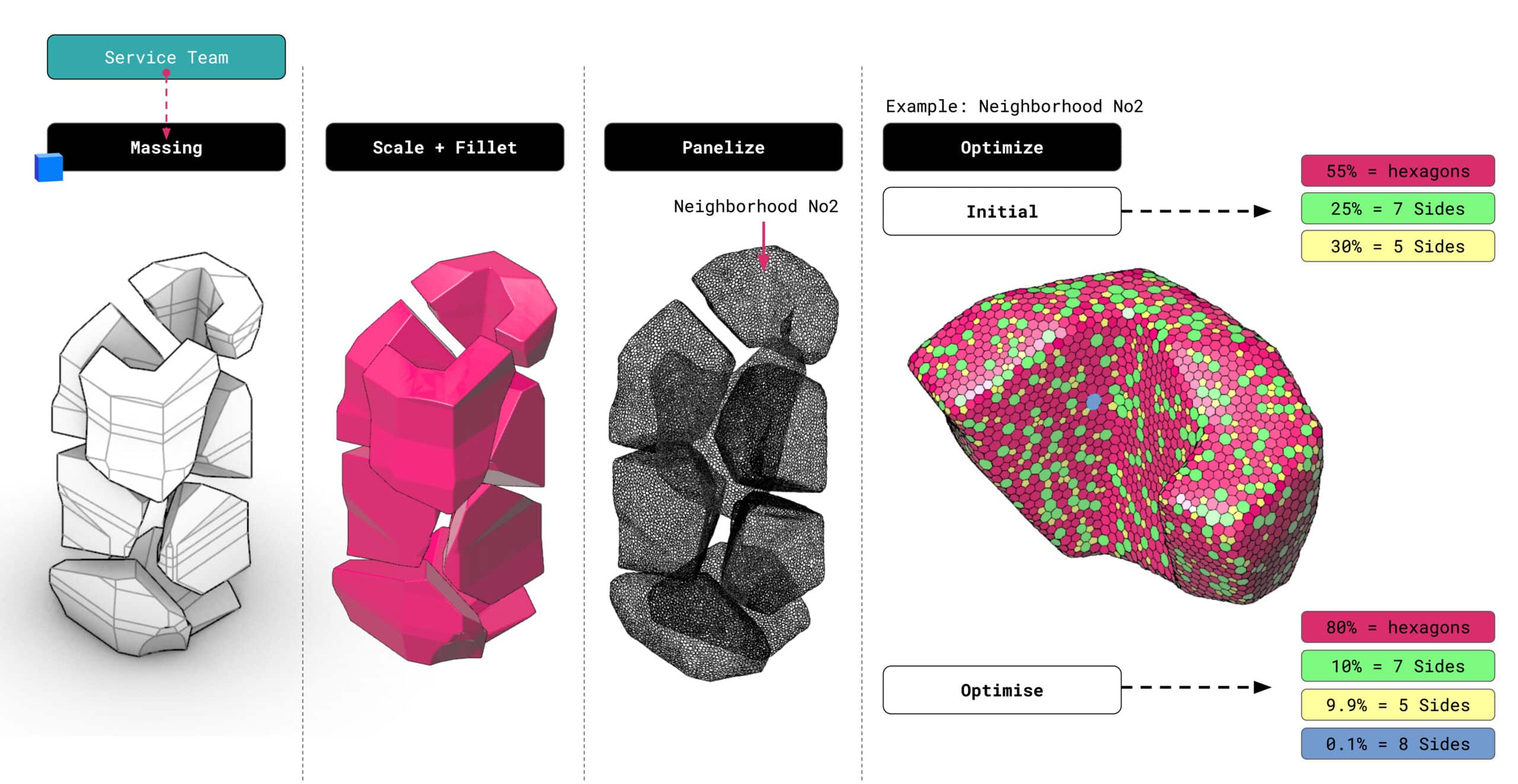
The process began by coordinating the overall building mass, scaled and filleted the Mass to ensure a seamless connection of the hexagons
However, due to the nature of closed surfaces, it’s impossible to have only hexagonal panels. resulted in several pentagonal (5-sided) and heptagonal (7-sided) panels. Due to that we try to optimise it and reduce these amount.
This was a crucial face affecting the other teams too so we automate the process using webhook to ensure that it updates automatically at every change.
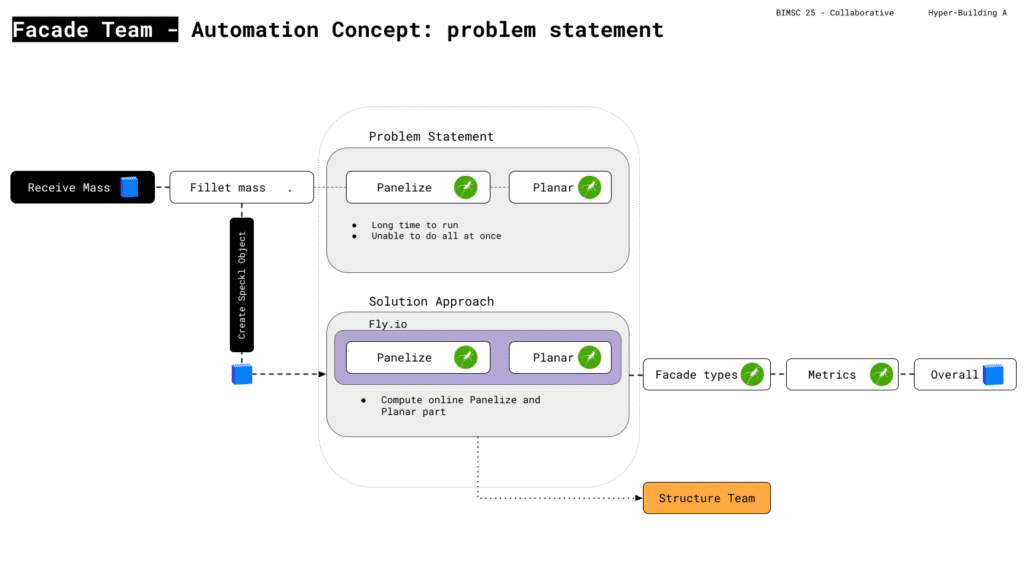
CLUSTERING
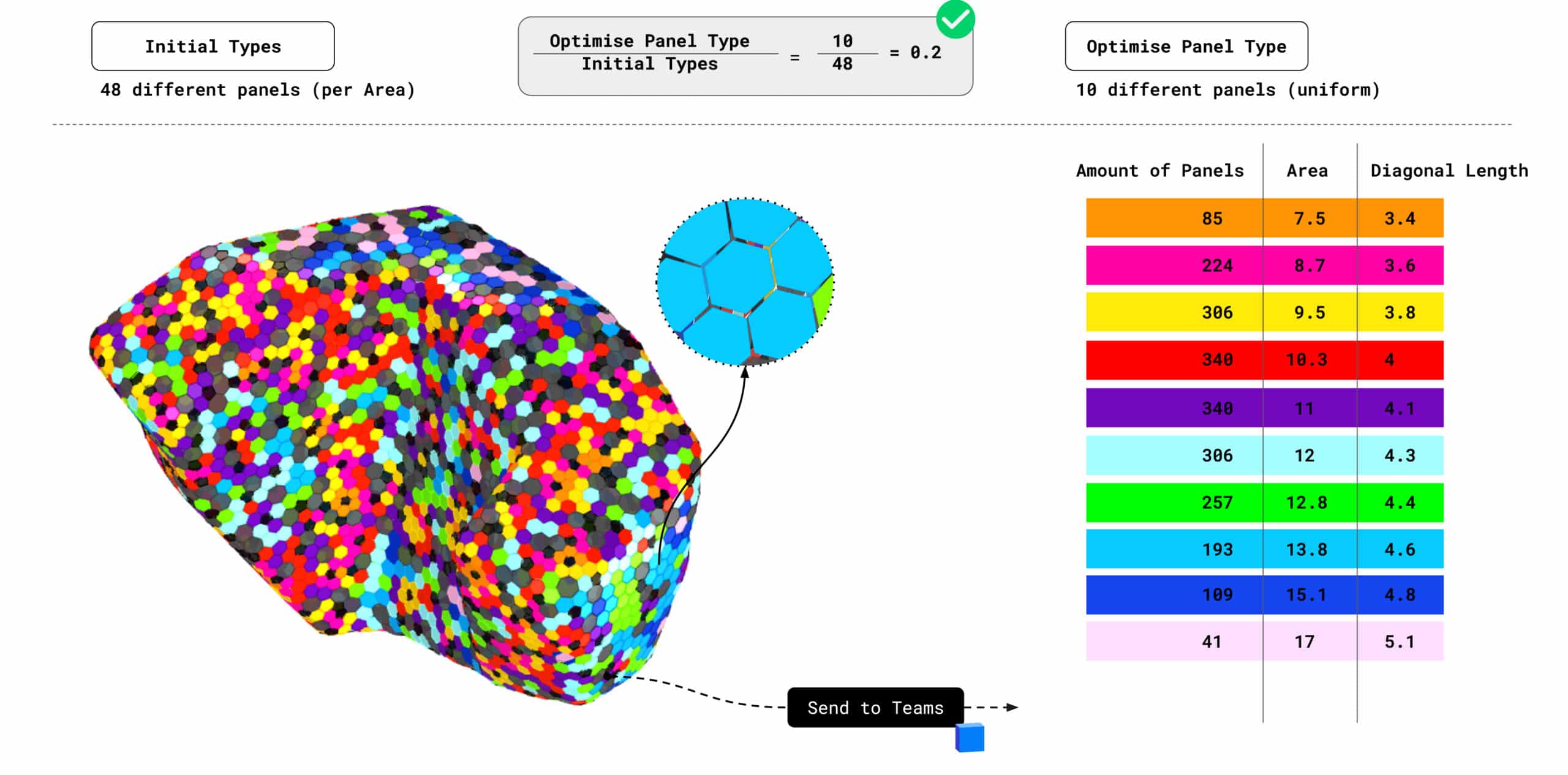
A typical step in façade design is clustering, with the goal of optimizing and reducing the number of panel types by 20%. Initially, there were 48 unique irregular hexagonal panel types. By applying a machine learning algorithm, this number was significantly reduced to 10 standardized panel types, successfully achieving the initial optimization target.
FACADE TYPES

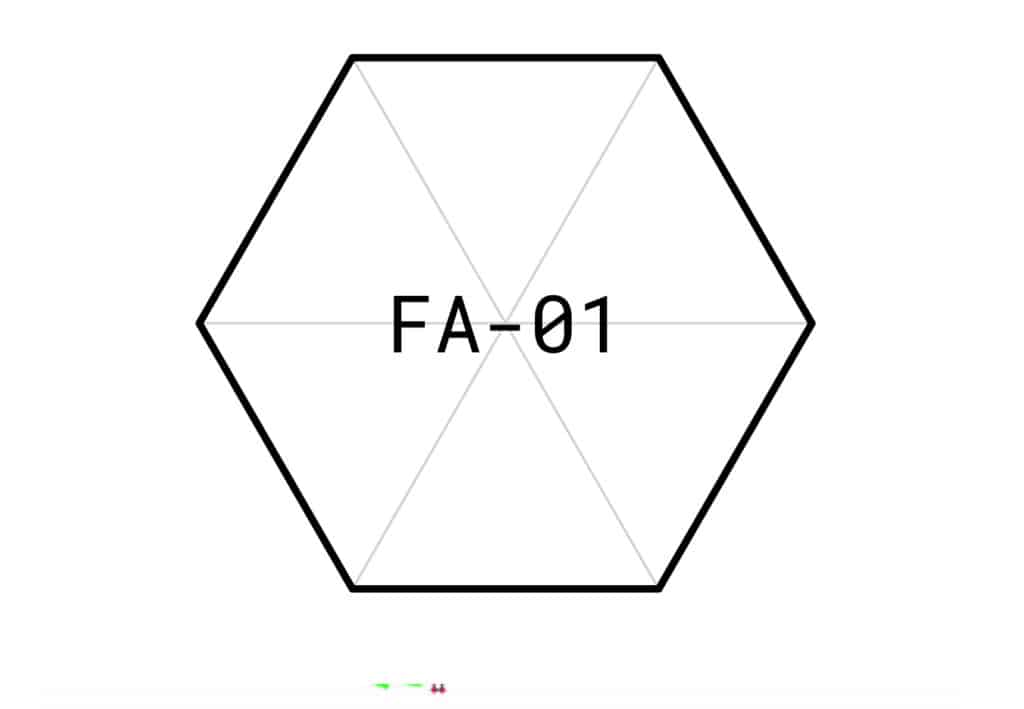
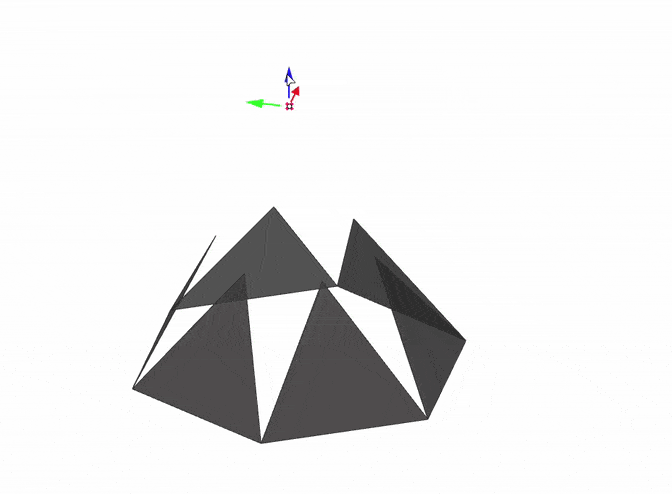

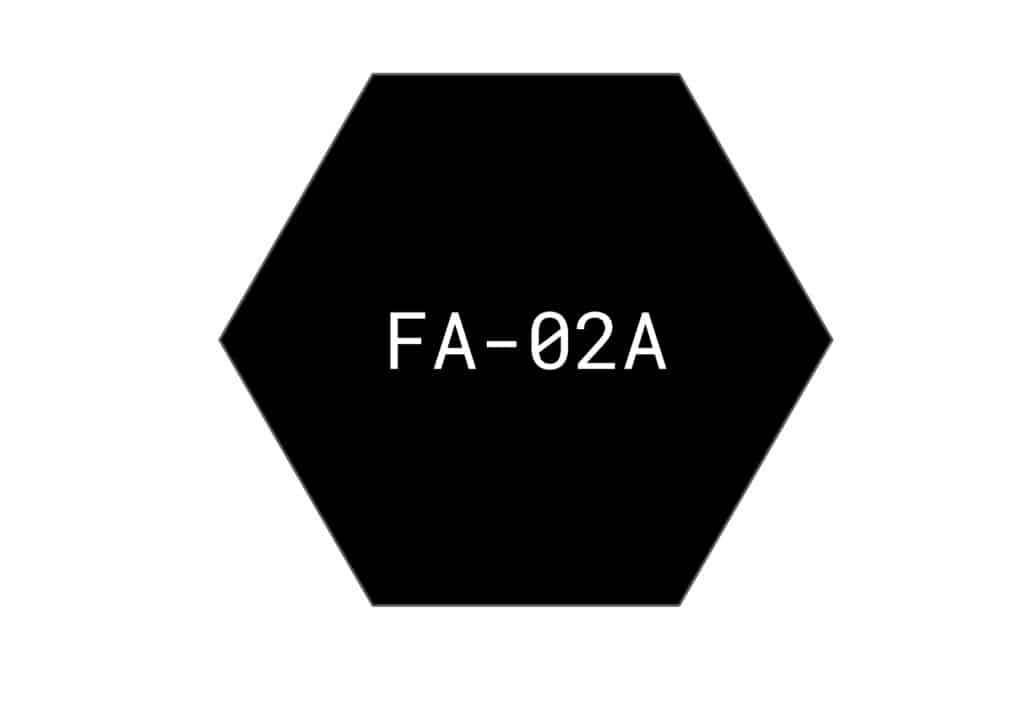
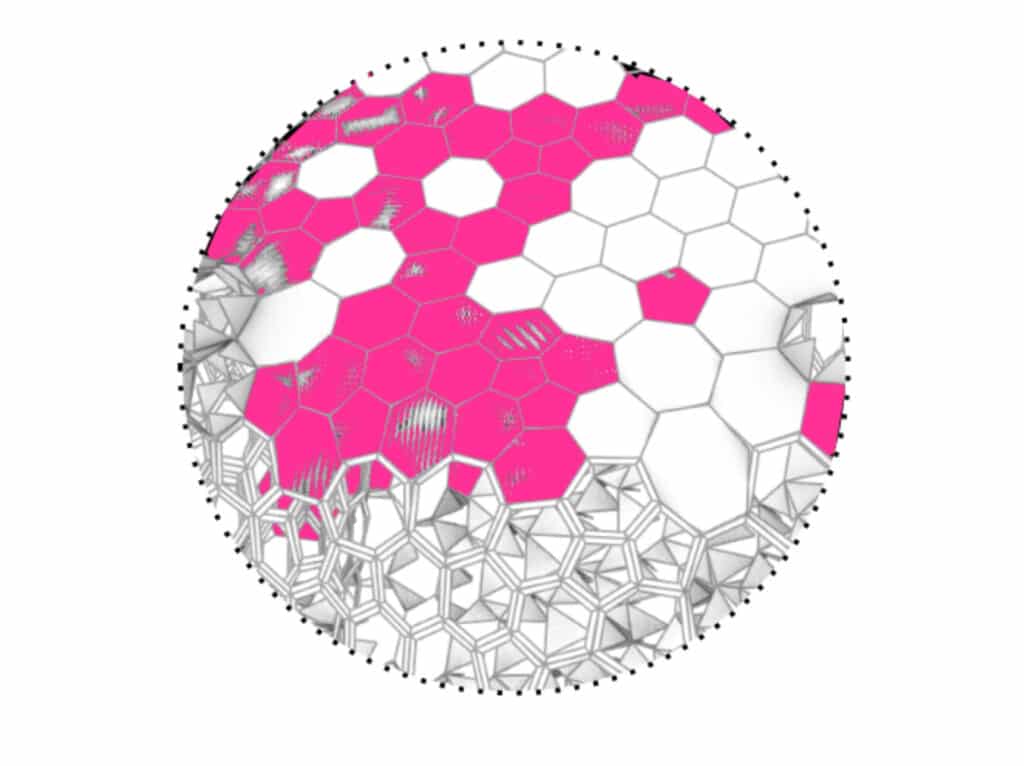

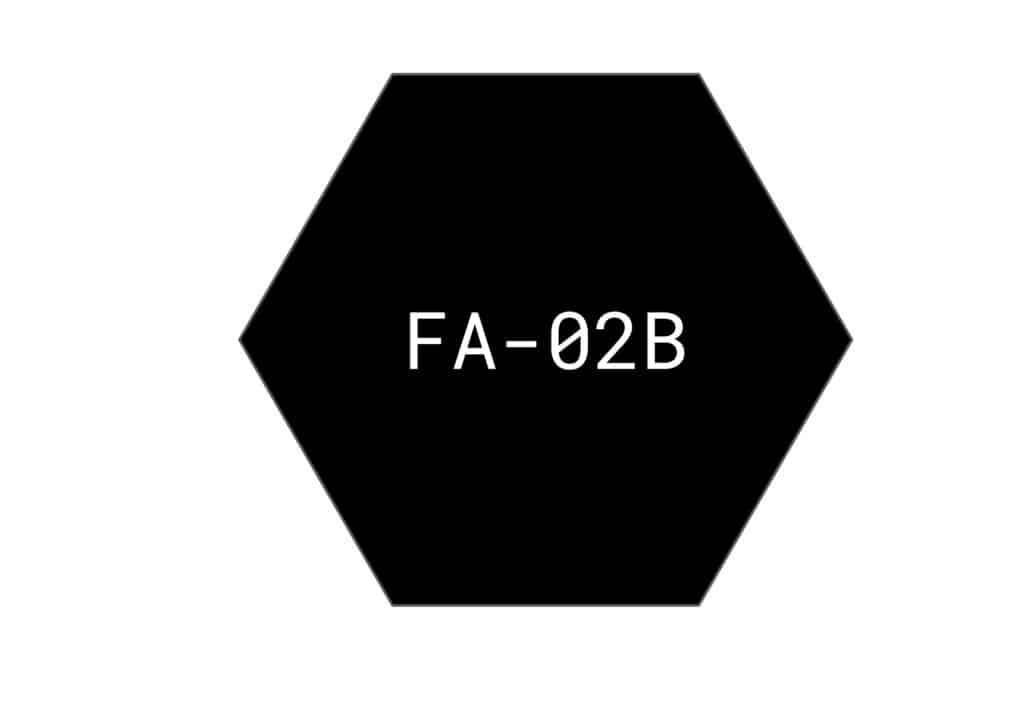
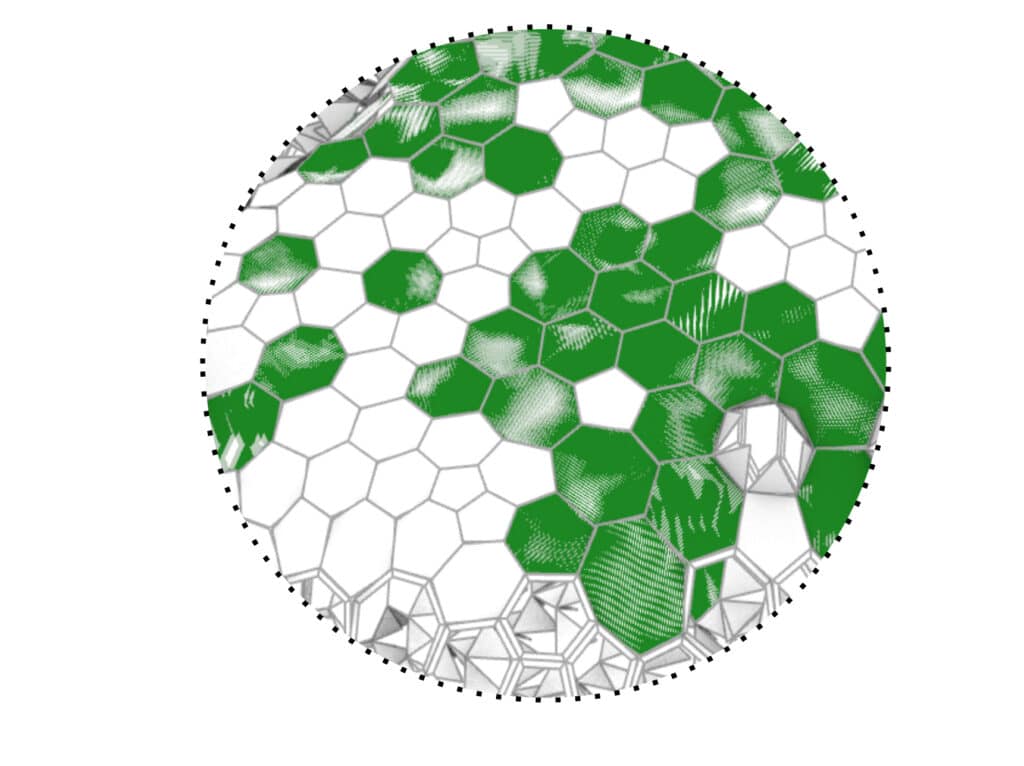

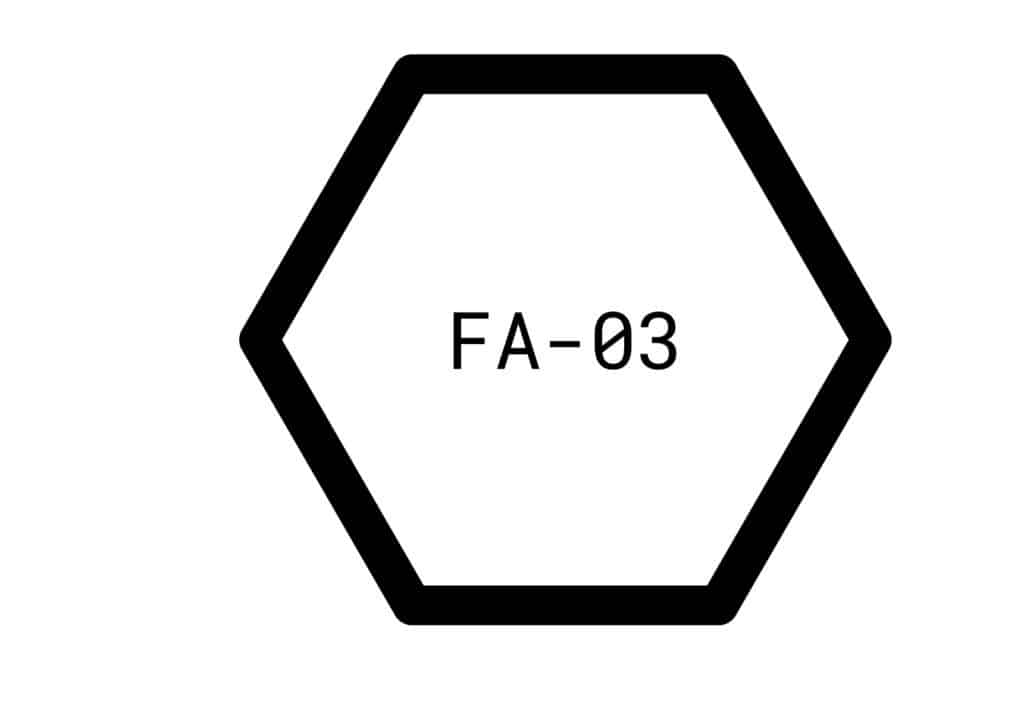
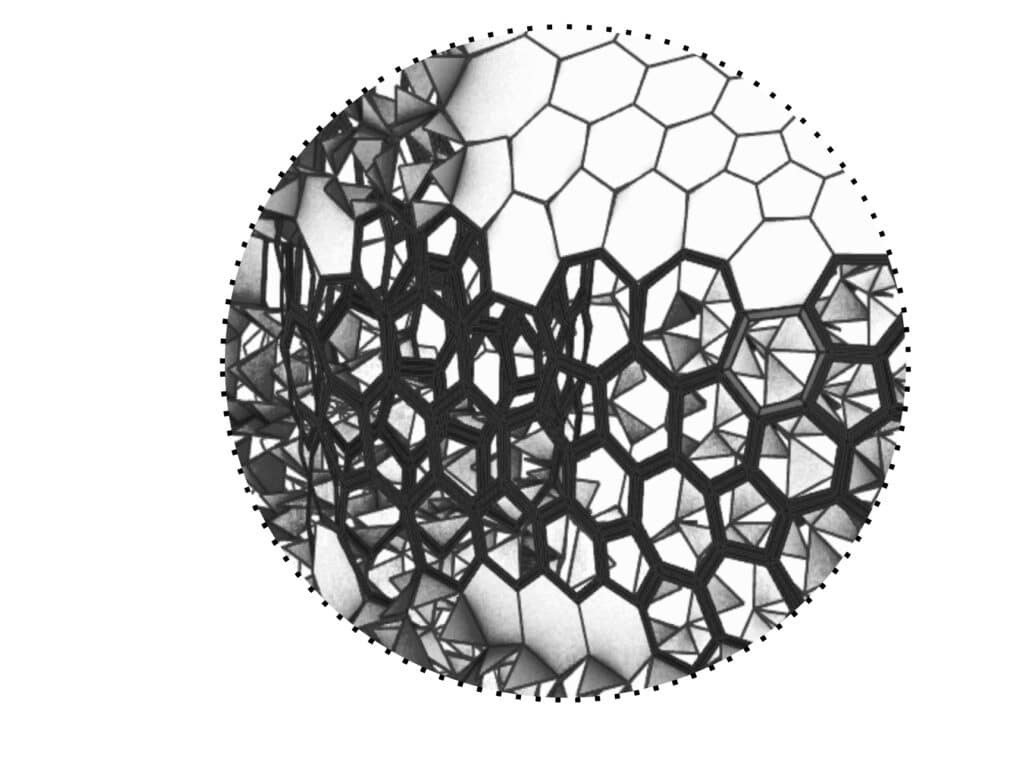
NEIGHBOURHOOD FUNCTIONS
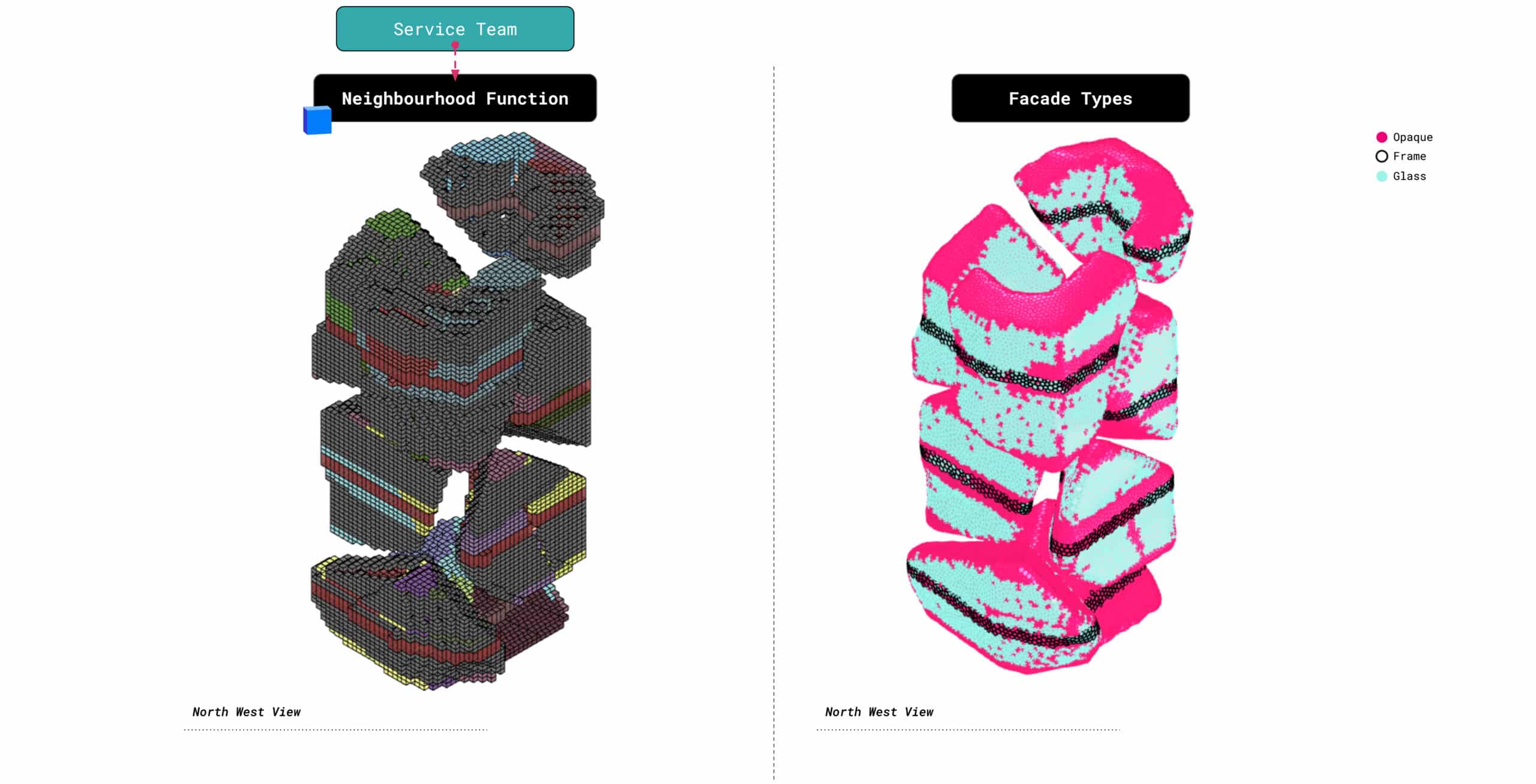
After receiving the voxel function from the Service team, the process of applying different components began. Each neighborhood was divided into distinct functions, requiring the façade to adapt and change according to these varying conditions.
LIGHT VS ENERGY
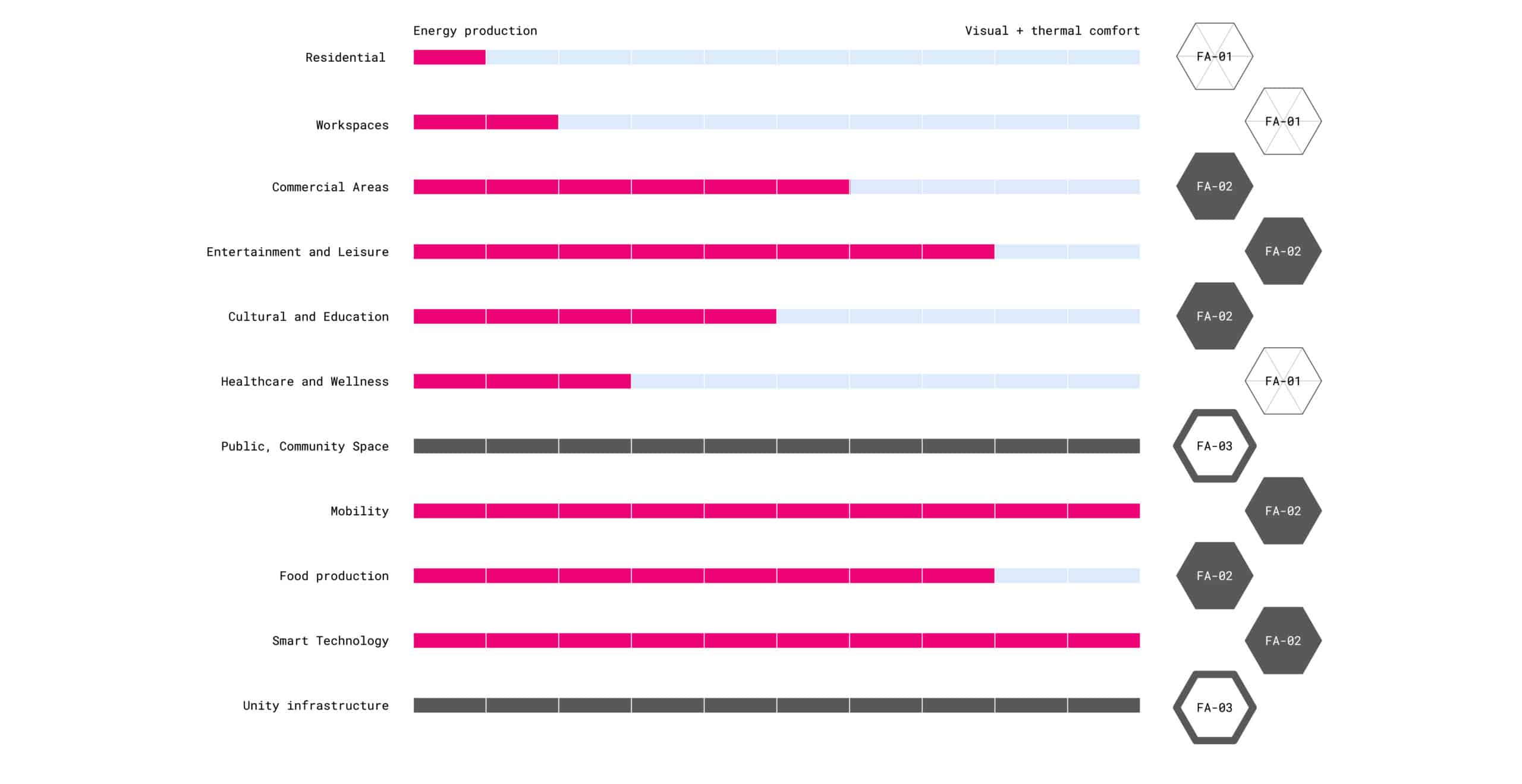
A light-energy matrix was developed to assess the energy and lighting requirements of each function. For instance, residential areas feature the highest glass ratio, whereas mobility hubs do not require direct lighting and can accommodate photovoltaic panels for energy generation. The three façade types are distributed accordingly.
NEIGHBOURHOOD ZOOM IN
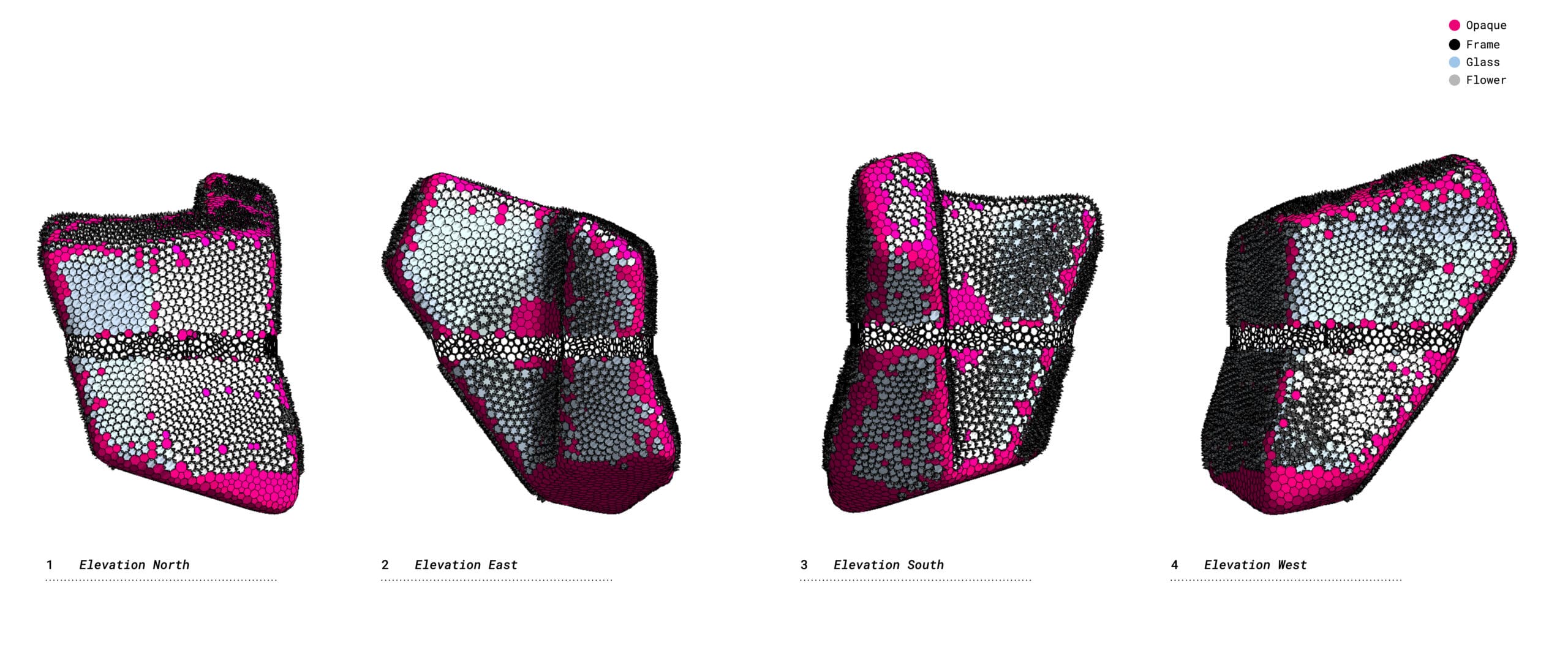
The façade consists of glass sections, open-frame areas dedicated to public spaces within each neighborhood, as well as solid and kinetic components. This slide illustrates the elevation of one neighborhood.
DAYLIGHT FACTORS
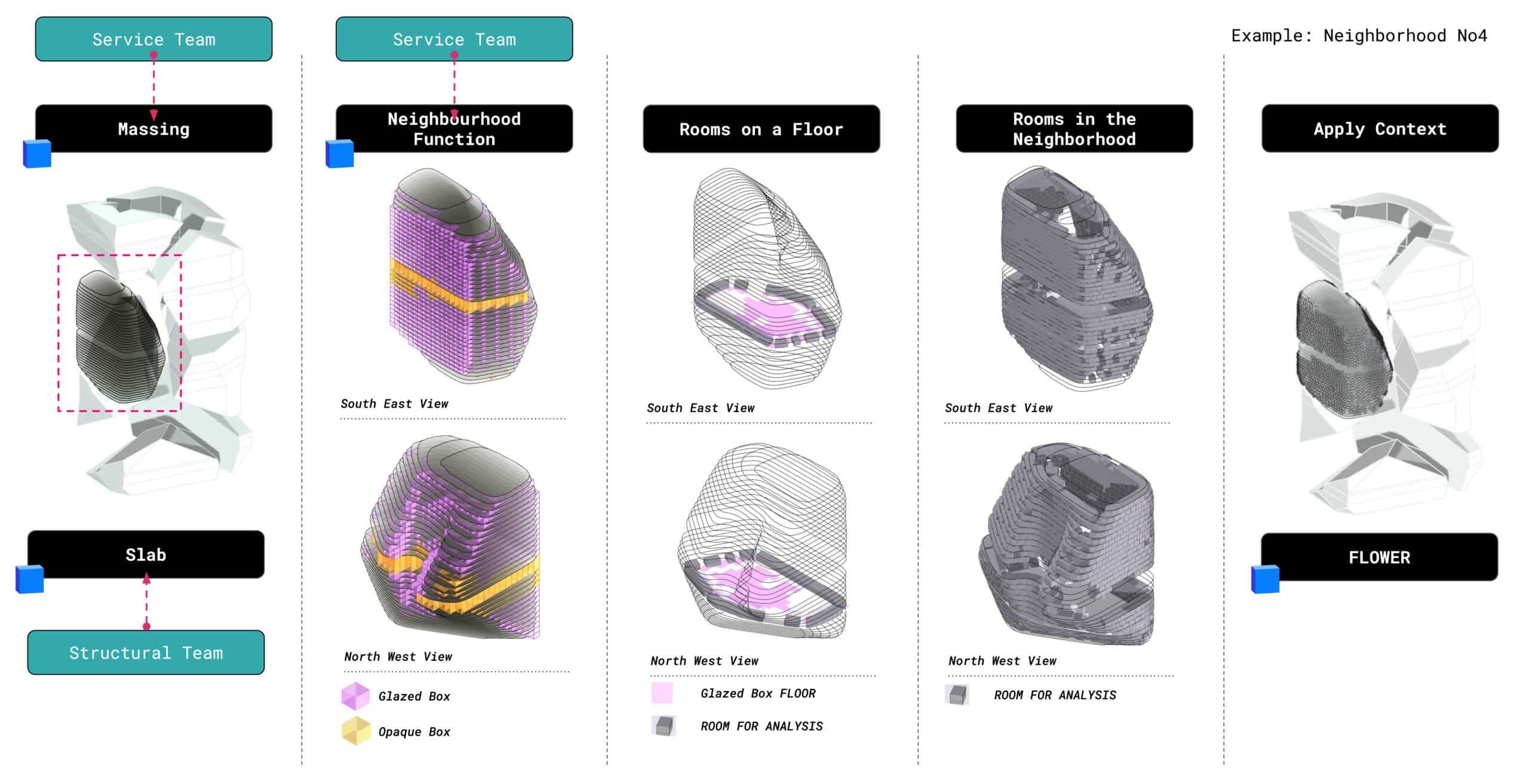
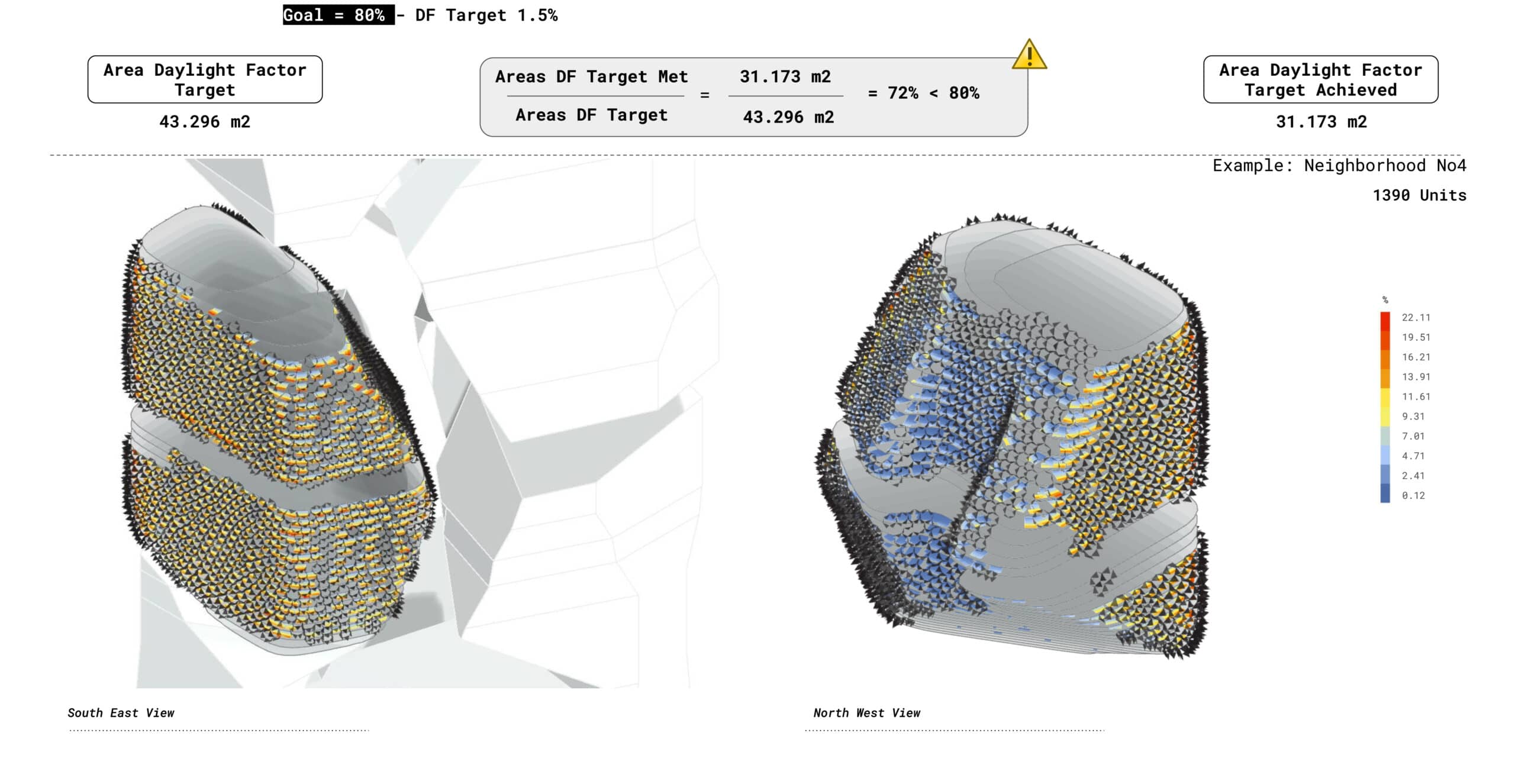
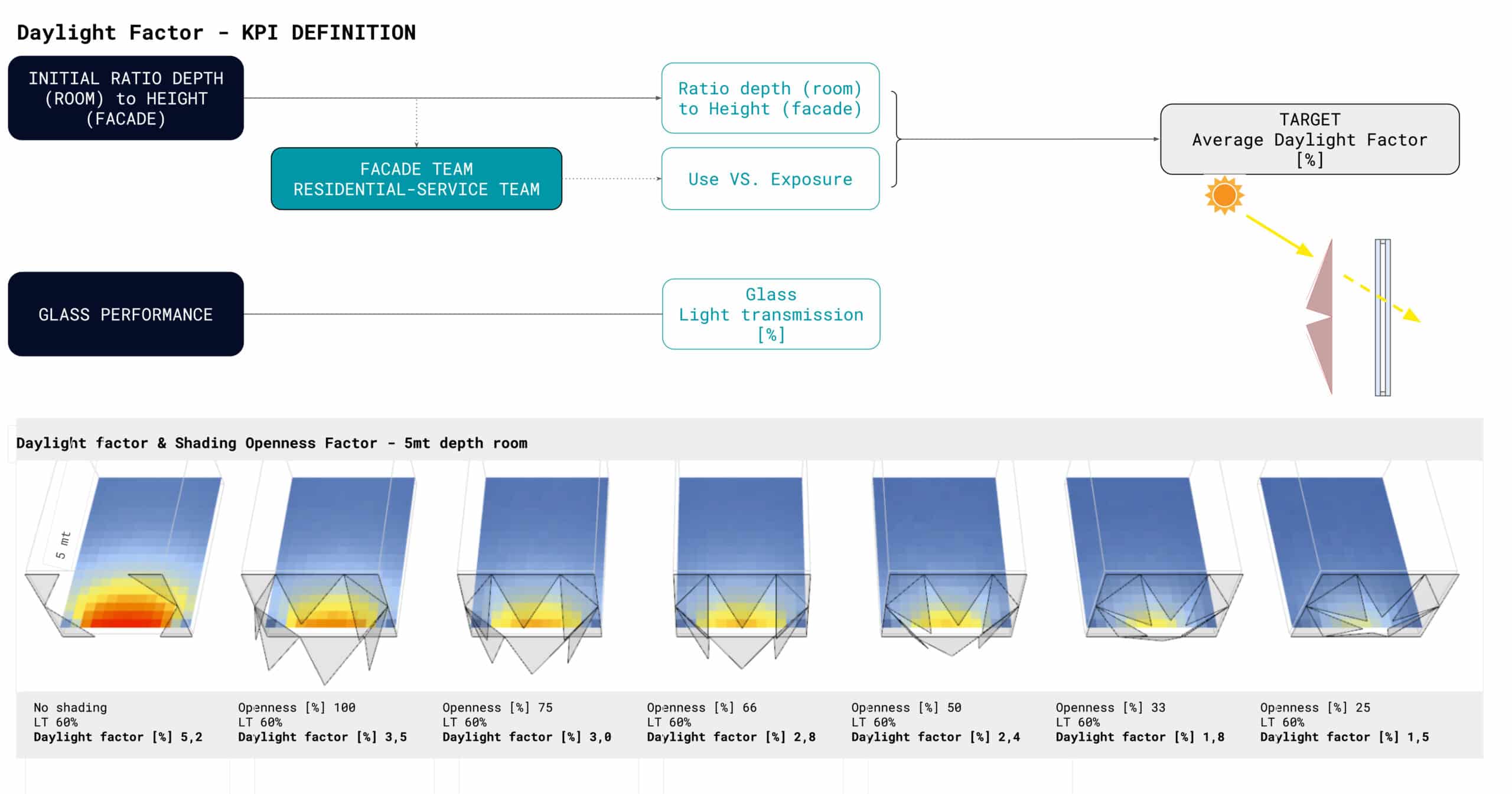
The Daylight Factor for both residential and office areas was evaluated by integrating data from the Structural and Service teams. Following the implementation of the kinetic component, tests were conducted to assess its impact on the distribution of natural light within the spaces.
Initially, a target was set to achieve a Daylight Factor of 1.5% in 80% of the tested area, ensuring natural illumination would reach the majority of the interior space. To provide clearer insights into the analysis results, the focus was placed on one neighbourhood for a more detailed visualization.
Goals and targets were established by initially developing a shoebox model and conducting research to define specific KPIs. Subsequently, the kinetic element was applied to evaluate its effect on natural lighting, providing insight into its impact on both illumination and energy performance.
SMART FACADE SYSTEM
FLOWER

APPLICATION
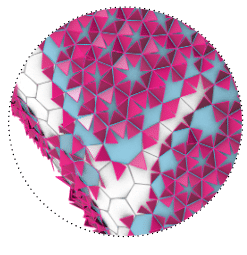
ADAPTIVE FACADE
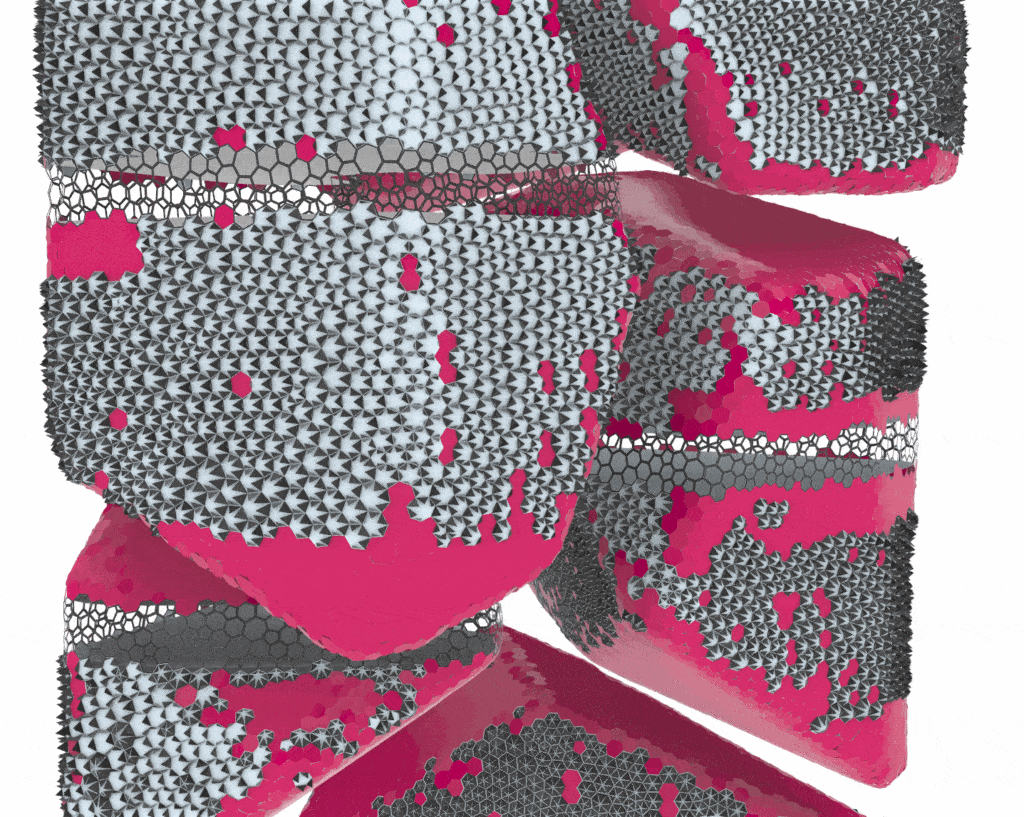
The façade functions as a Smart Technological System designed to adapt to environmental conditions in real time. The overall behavior of the façade on the 21st of June is illustrated here. The kinetic panel located in front of the predominantly glazed areas opens and closes based on the angle between the glazed panel’s normal and the vector connecting its center to the representative sun position.
KINETIC COMPONENT DATA
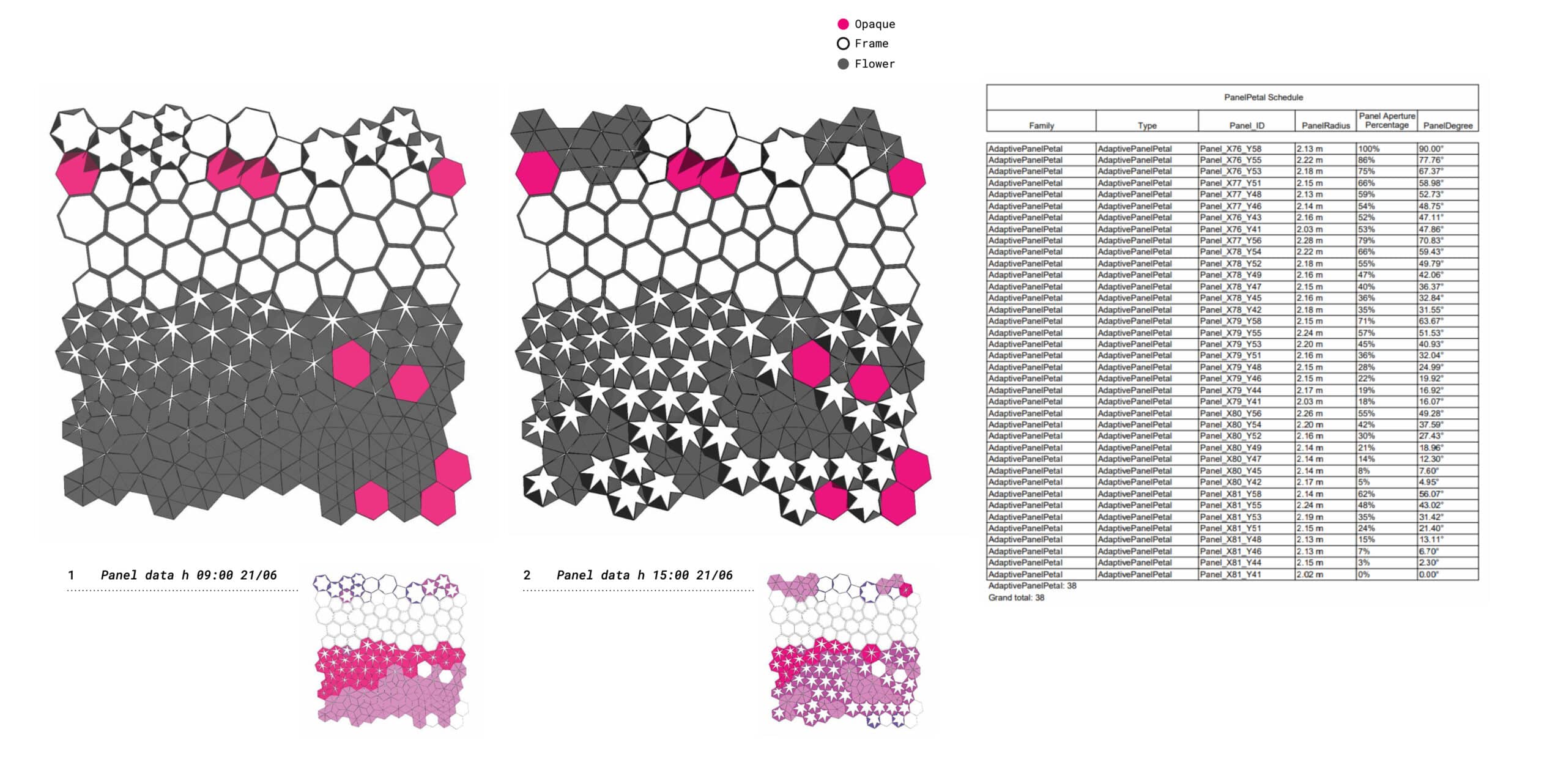
All geometries and data related to the facade design were shared within the facade team to enhance various workflows, as well as with other teams through Speckle. Revit served as a data container, facilitating the display of panel properties and adaptive components, and enabling the creation of multiple overall building representations. The following is an example of a detailed facade view accompanied by the corresponding adaptive component schedule.
SOLAR RADIATIONOPTIMIZATION

The building was conceived with energy efficiency as a fundamental principle. From inception, the adaptive component was developed as a dynamic shading system designed to reduce solar heat gains, enabling low-energy consumption for cooling systems. Initially applied at a smaller scale, the system was subsequently scaled up computationally to encompass the entire building massing.
RADIATION ON THE GLAZED FACADE

The GIF on the left illustrates solar radiation on the glazed façade during the summer solstice, while the GIF on the right demonstrates how the overall building appearance changes throughout the same day due to the movement of the dynamic component.
PV OPTIMIZATION
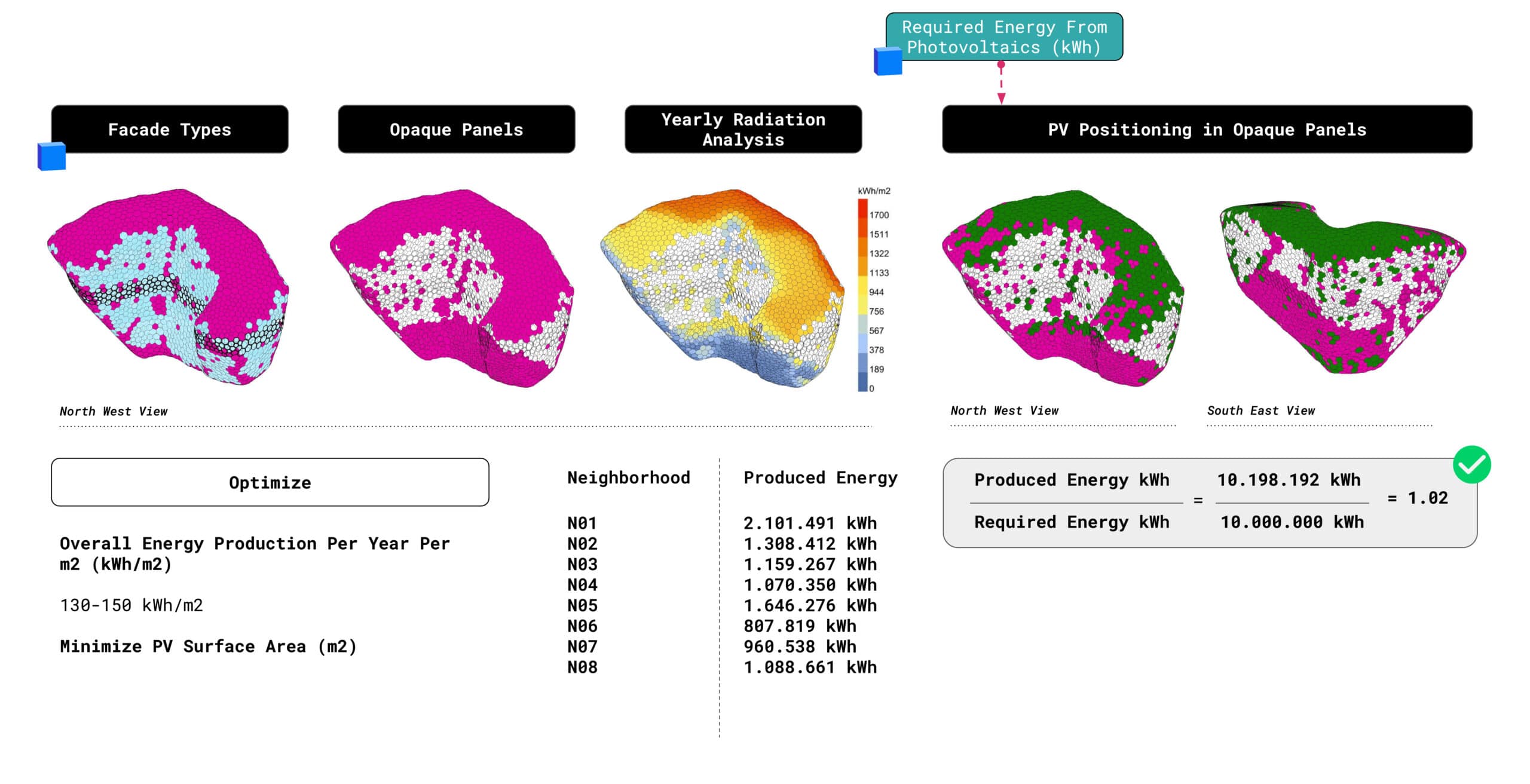
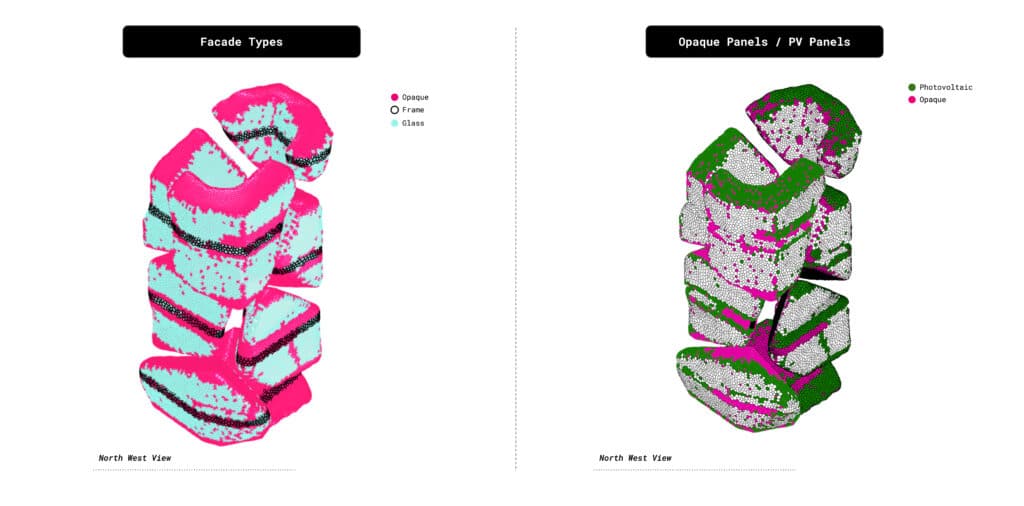
The building is designed to be not only energy-efficient but also energy-active. The façade actively contributes to the building’s energy generation, achieving the energy production targets set within the design team. Additionally, the positioning of the panels has been optimized to maximize efficiency while minimizing the covered surface area.
To achieve this goal, an analysis of the building’s opaque panels was conducted to strategically position photovoltaic surfaces. The overall view of the building is shown on the left; on the right, the same view highlights, in green, the opaque surfaces converted into photovoltaic panels, with remaining typical opaque panels displayed in magenta.
OVERALL
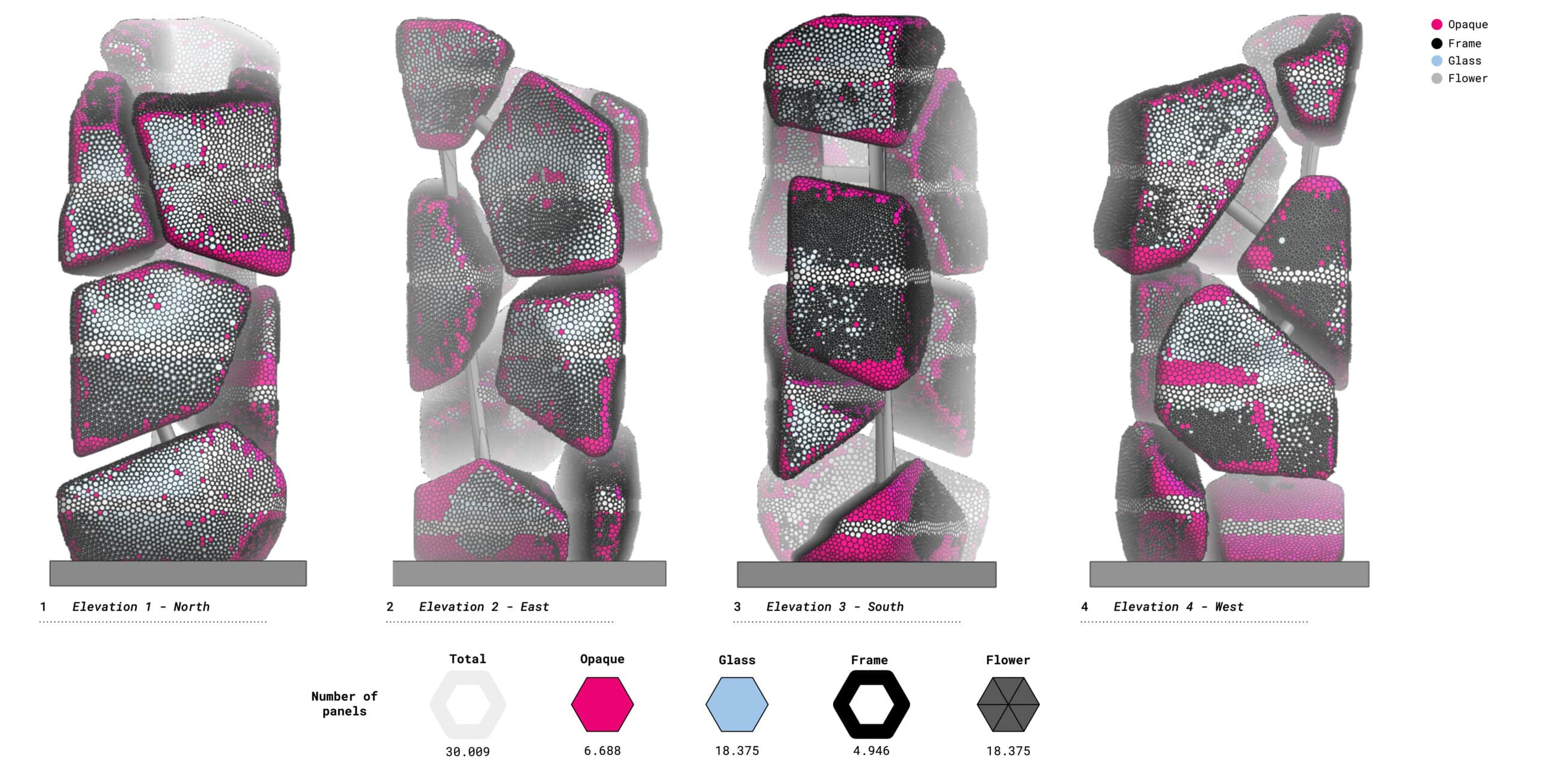
The main elevations of the building are presented here.
In summary, the façade system consists of 30 thousand panels, of which:
- 22% are opaque panels, with approximately 70% of these being photovoltaic.
- 61% are glass panels, a number effectively doubled when considering the kinetic flower panels.
- 17% are frame panels.


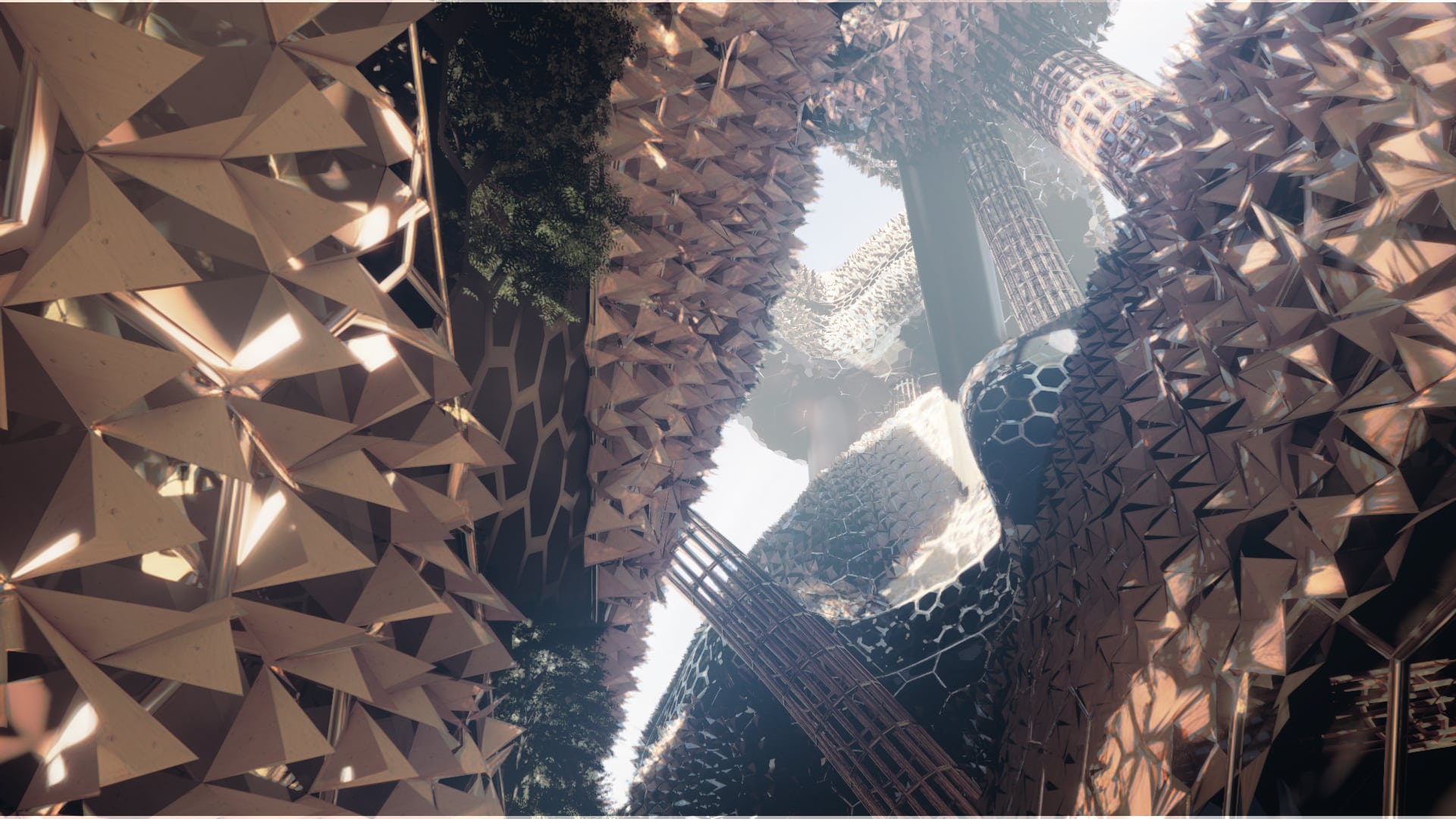

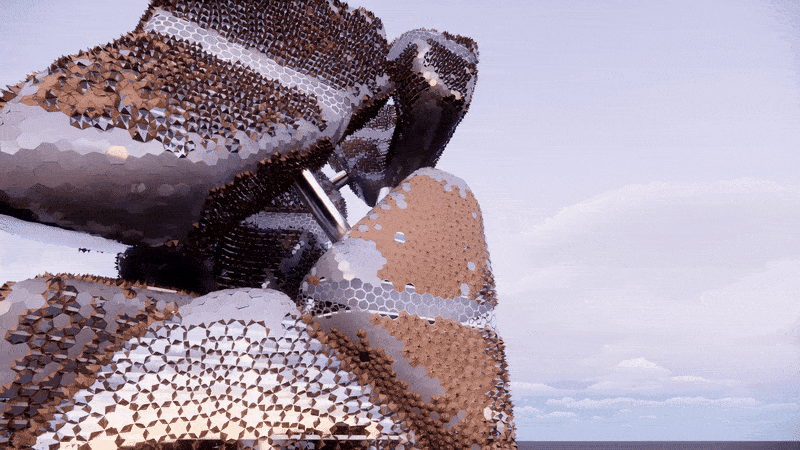
MEET THE TEAM

Christina Christoforou – The Panelizer, responsible for creating innovative kinetic elements that could adapt to the building’s changing environmental conditions.

Andrea Ardizzi – The Typologist, responsible for establishing the facade’s logical structure and overall geometry.

Giulia Tortorella – The role of Climate Wizard, managing performance metrics like energy efficiency and daylight optimization.
